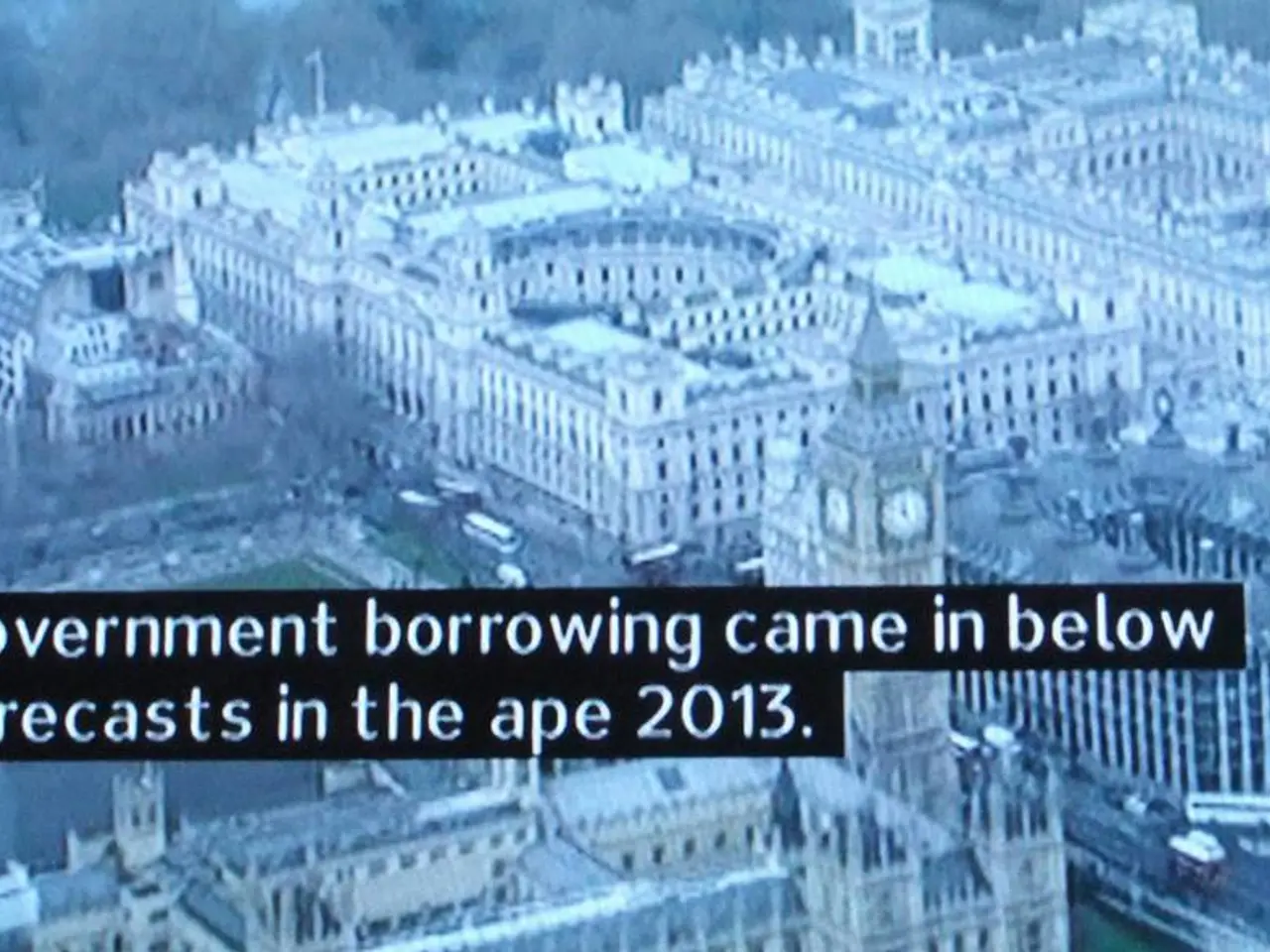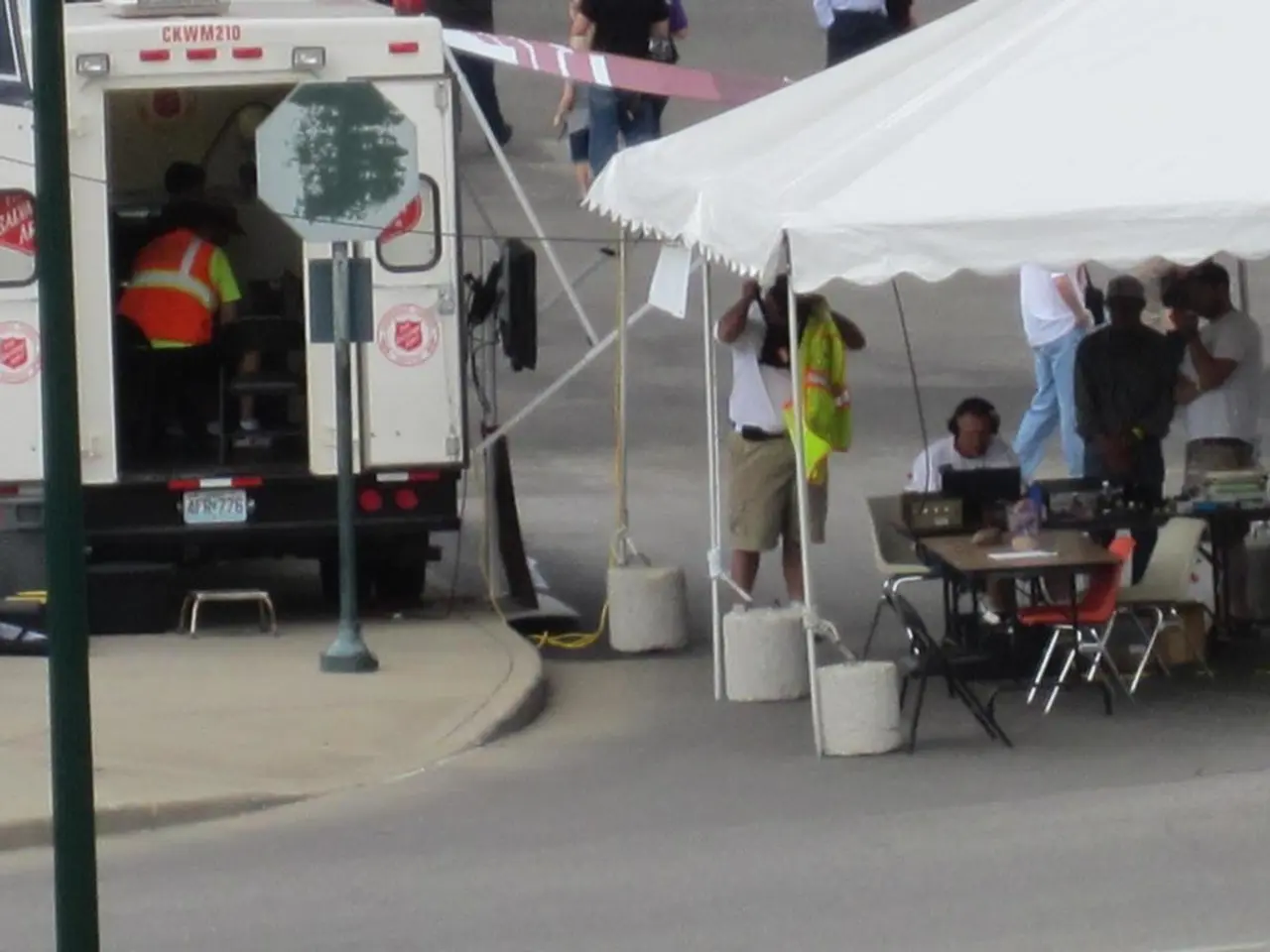American military strikes targeted and allegedly damaged three Iranian nuclear facilities, but a new assessment suggests that only one of these sites was fully destroyed.
In the aftermath of recent military operations targeting Iran's nuclear facilities, the status of these sites has become a matter of international concern. Here is an overview of the current situation at three key enrichment plants:
The Fordow Fuel Enrichment Plant, a critical site for enriching uranium to high levels, has reportedly been severely damaged, potentially even destroyed, by U.S. strikes. Prior to the attacks, Fordow was a significant player in producing high-enriched uranium, posing a significant proliferation risk. The facility housed a limited number of centrifuges, although it was crucial for Iran's enrichment capabilities.
The underground facility at Natanz may have been penetrated during the strikes, but the full extent of the damage, including potential damage to centrifuges due to power losses, is still being assessed. The site contained various types of operational centrifuges, including IR-1, IR-2, IR-4, and IR-6 models. Notably, the only metal conversion facility at Natanz, required for nuclear enrichment, was destroyed and is expected to take years to rebuild.
An unnamed underground facility appears to have been spared from damage, although its purpose remains unclear.
The implications of these attacks are far-reaching, potentially leading to increased tensions and potential retaliation efforts by Iran, especially if it feels its sovereignty or strategic interests are threatened. Iran might attempt to rebuild or resume its nuclear enrichment activities, potentially leading to further confrontations with international powers. The extent of damage at Fordow will influence how quickly Iran can recover its enrichment capabilities.
European nations have warned Iran of potential UN sanctions if progress on nuclear issues is not made, which could exacerbate tensions and lead to further diplomatic and economic pressures on Iran. The conflict could also impact Iran's military alliances and regional influence, as it aims to rearm its militia allies across the Middle East despite recent setbacks.
Before the June airstrikes, Iran had enough fissile material for about nine to 10 nuclear bombs. The U.S. used Tomahawk missiles at the Isfahan site and GBU-57 bombs at the Natanz site, with intelligence suggesting that the strikes buried the vast majority of enriched uranium at Isfahan and Fordo, making it extremely difficult for Iran to extract it to resume enrichment.
There have been discussions about the possibility of additional strikes on the less-damaged facilities if Iran does not restart negotiations on a nuclear deal or shows signs of rebuilding at those locations. The Israeli government believes at least some of Iran's highly enriched uranium remains intact but buried beneath the Isfahan facility, while the U.S. has not seen indications that Iran is trying to dig out the facilities.
The United States struck three nuclear enrichment sites in Iran last month, with one site (Fordo) being mostly destroyed. CIA Director John Ratcliffe told lawmakers that Iran's nuclear program was "severely damaged" in the U.S. airstrikes. The Israeli government believes that at least some of Iran's highly enriched uranium remains intact but buried beneath the Isfahan facility, while the two other sites (Natanz and Isfahan) were not as badly damaged and could potentially resume nuclear enrichment in the next several months if Iran chooses to do so.
- The recent war-and-conflicts between Iran and international powers have created a pressing need for diplomatic efforts to address the widespread concerns and potential repercussions, particularly in the realm of politics and general news.
- The sports world has shown increased interest in the ongoing political tension and crime-and-justice implications of the war-and-conflicts between Iran and other nations, as the potential retaliation efforts could lead to regional instability and impact various alliances.








